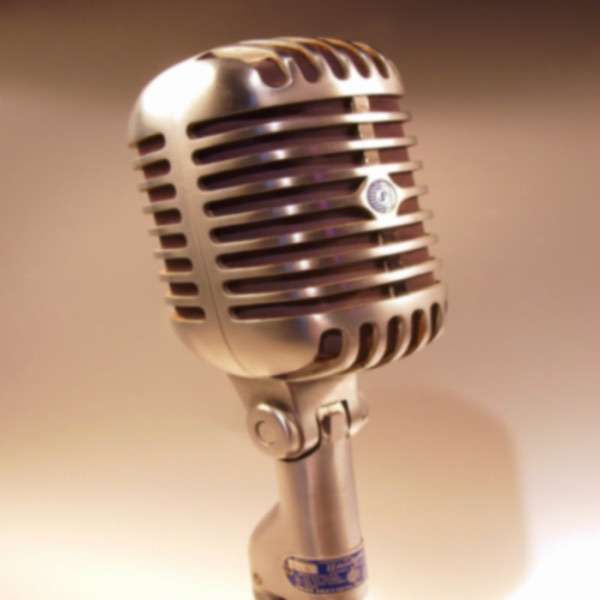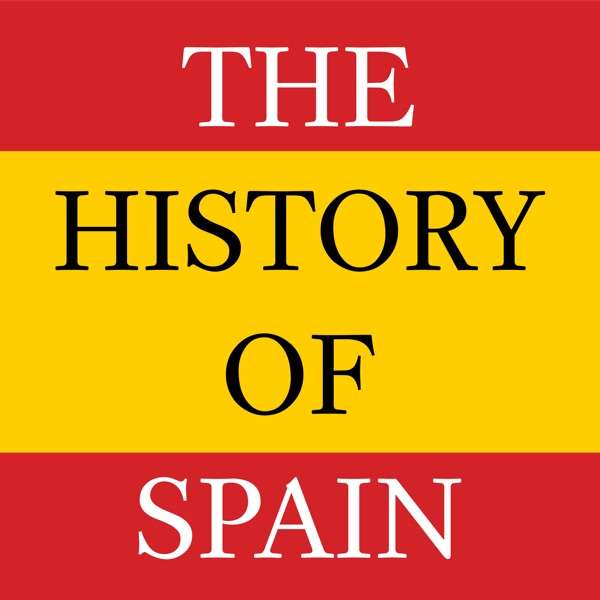Sety at Abydos (Part 3). The Osireion is an intriguing monument, one that attracts a huge amount of debate, discussion, and speculation. Its discovery was unexpected, its excavation was an enormous undertaking, and there are many uncertainties about its purpose, history, and overall significance. Still, with an extensive photographic record, some meticulous archaeological work, and a great deal of discussion, we can attempt to understand the Osireion. Who built the Osireion (and how old is it)? Why is it here, behind Sety’s great temple? What purpose does it serve? In this episode, we explore these questions, and try to understand the monument overall.
NOTE: Due to the complex nature of the Osireion’s history (ancient and modern), archaeology, and the difficulty of describing it, I will do a video lecture on YouTube in future. Check this post, or the website, for links when published.
Further Information: The Osireion is surprisingly well documented, both in archival photography and modern analysis and discussion.
Modern photos exploring the Osireion:
Archaeology / Excavation Reports for The Osireion (free open access):
- Caulfeild, Temple of the Kings at Abydos, 1902: Internet Archive and Heidelberg University. Primarily focusses on main temple but brief discussion of work in western precinct that led to Murray’s excavations.
- Murray, The Osireion, 1904: Internet Archive, ETANA.org, and Academia.edu.
- Edouard Naville’s excavation reports (various journals) describing work at Abydos including the Osireion: JSTOR.org (requires free account).
- Frankfort, The Cenotaph of Sety I at Abydos, volume 1 and volume 2, 1933: Internet Archive. Includes complete summary of earlier excavations and fuller description of the monument (compared to Naville).
- James Westerman website (with database of articles and photos): JamesWesterman.org.
- Keith Hamilton, “Osiris: A Layman’s Guide,” on Academia.edu.
- Charles Herzer, “Study of the Osireion at Abydos,” at Isida Project.
Photo Collections of early excavations at Abydos/Osireion:
- Dumbarton Oaks: Photo Exhibition Abydos 1910s—1920s.
- Egypt Exploration Society Photo Archives (Flickr): Excavations 1911. Entrance passages and central hall.
- Excavations 1913. Central hall.
- Excavations 1925 (Part 1). Central hall and side chambers.
- Excavations 1925 (Part 2). Central hall clearance and work.
In this episode, I don’t discuss the mechanics of ancient stone working. That will come in future. But for now, you may be interested in archaeologists’ experiments to test ancient tools and the feasibility of carving hard stones (e.g., granite). Some good starter information can be found here:
Additional details and sources:
Select Bibliography:
- A. M. Abudeif et al., ‘Geoarchaeological Investigation of Abydos Area Using Land Magnetic and GPR Techniques, El-Balyana, Sohag, Egypt’, Applied Sciences 12 (2022), 9640.
- P. Brand, ‘Secondary Restorations in the Post-Amarna Period’, Journal of the American Research Center in Egypt 36 (1999), 113–34.
Learn more about your ad choices. Visit megaphone.fm/adchoices

 Our TOPPODCAST Picks
Our TOPPODCAST Picks  Stay Connected
Stay Connected







